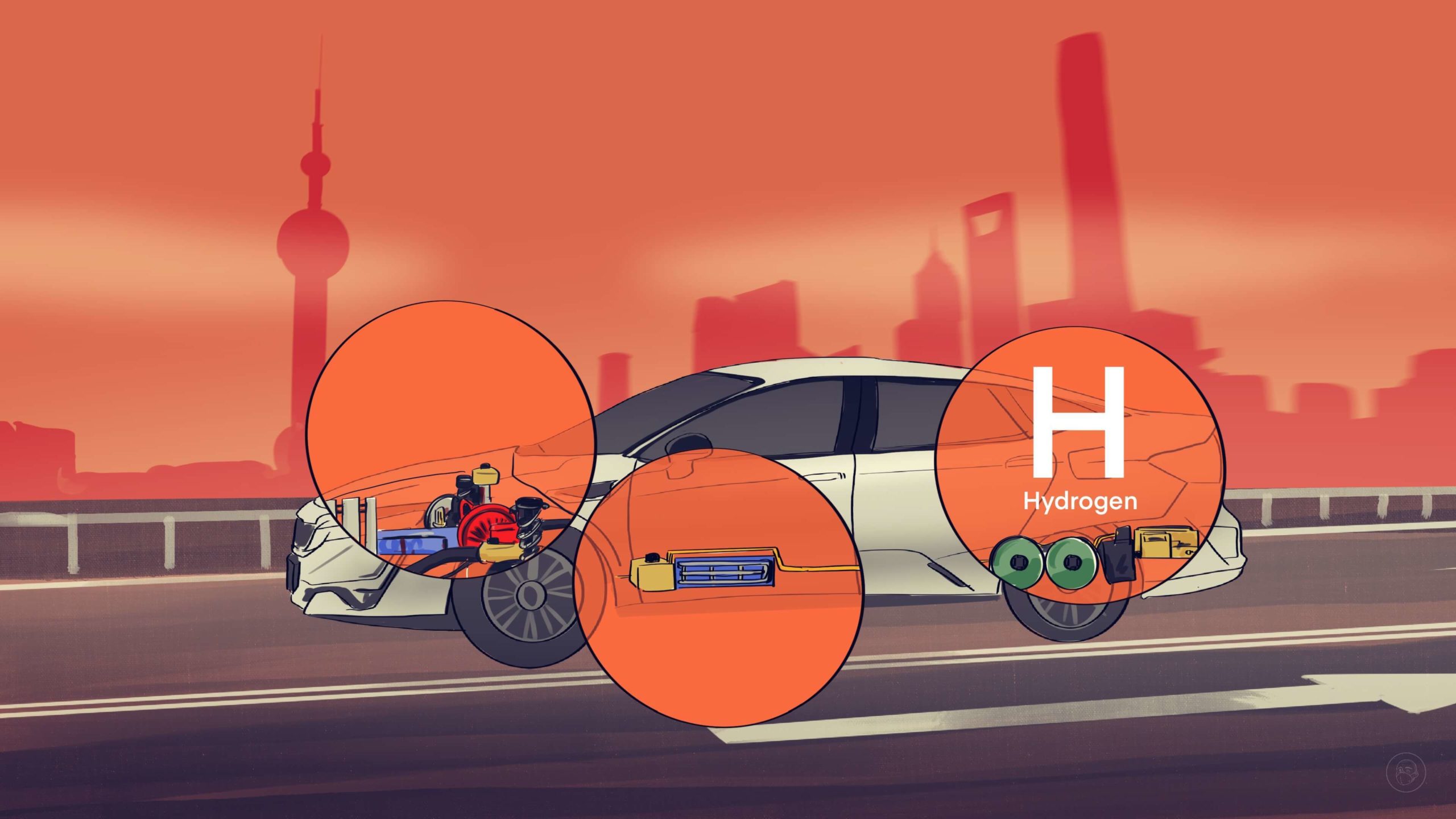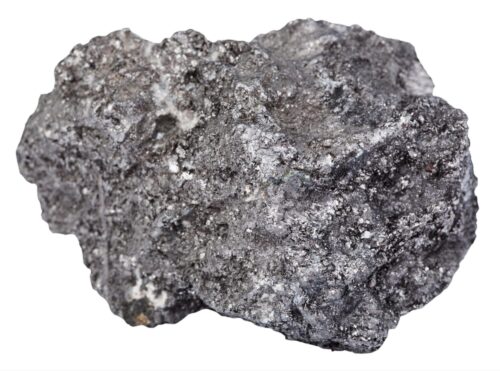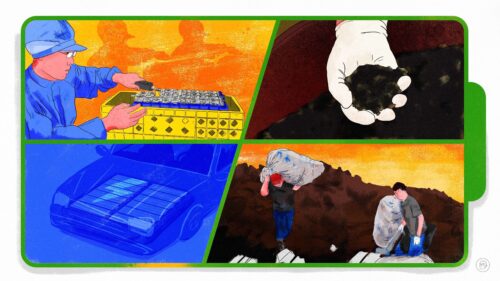China is forging ahead with hydrogen fuel cell vehicles
Toyota and Hyundai have just made new commitments to making hydrogen-powered vehicles in China, and the government wants the industry to go big. But not everyone is convinced that the tech can be applied at scale.

Hydrogen-powered vehicles produce waste emissions of water instead of carbon dioxide. If the technology can be applied at scale, it will provide another alternative to fossil fuel engines. Beijing and various local governments are betting on the technology, and so are several Chinese and foreign automakers.
Sichuan wants to be a hydrogen player
On November 1, the Sichuan provincial government (which in September announced its intention to become a world-class electric vehicle manufacturing base by 2027) released a new plan for the development of the hydrogen energy and fuel cell vehicle industry. According to the plan, by 2030 Sichuan will:
- Have a hydrogen energy industry worth 100 billion yuan ($13.90 billion);
- Put 8,000 hydrogen fuel cell vehicles on the roads, powered by 80 hydrogen refueling stations; and
- Have a hydrogen energy and fuel cell vehicle industry cluster built around the provincial capital Chengdu, which will utilize renewable energy from western Sichuan and transmit energy through a hydrogen corridor to Chongqing, the massive metropolis just under 200 miles away.
Sichuan’s new plan follows two major hydrogen fuel cell industry developments in October.
Toyota and Hyundai are betting big on hydrogen in China
On October 24, a groundbreaking ceremony took place at Toyota’s new fuel cell research and production base in Beijing (set to be completed in 2023), where the company is constructing a hydrogen fuel cell production line, and a testing and research and development center.
On October 25, HTWO Guangzhou, whose facilities were constructed by Hyundai Group in Guangzhou in 2021 as the company’s first hydrogen fuel cell facility outside of Korea, signed an agreement with two local government-affiliated companies (energy supplier Guangzhou Hengyun Enterprises Group and public transport operator Guangzhou Development District Transport Investment Group). The agreement will create a joint venture to construct the world’s first unmanned hydrogen vehicle demonstration zone in Guangzhou, and will also conduct sales and after-sales services for Hyundai’s fuel cell vehicles in China, with the goal of putting 4,500 such vehicles on Guangzhou’s roads by 2025. With this new fuel cell demonstration zone, Hyundai plans to create demand in China for unmanned hydrogen fuel cell sanitation vehicles and other engineering vehicles, as well as for vehicles used in the online car-hailing industry.
Toyota and Hyundai are two of the three global auto brands that have fuel cell vehicles on the market so far — the other is BMW. Great Wall Motors has announced plans to launch a fuel cell brand at the end of 2022, and Renault launched a hydrogen fuel concept car in May 2022.
Not everyone believes in the technology, however. Tesla is not producing fuel cell vehicles as Elon Musk is not convinced that hydrogen-powered vehicles are even feasible due to the large tanks required to store liquid hydrogen, and the high cost and energy-intensive process of producing hydrogen. Herbert Diess, the CEO of Volkswagen, has dismissed the use of hydrogen in cars as being too expensive, with low efficiency and slow speed, and no future. A similar bifurcation is playing out in the aviation industry: Airbus is currently testing the use of hydrogen on an A320 airliner, but in September, Boeing CEO Dave Calhoun poured cold water on the prospects for hydrogen-powered aircraft.
China news, weekly.
Sign up for The China Project’s weekly newsletter, our free roundup of the most important China stories.
The government’s five hydrogen clusters
Nevertheless, in China, the hydrogen energy industry has strong government backing, and the industry is being pushed forward in five national fuel cell vehicle demonstration clusters in the Beijing-Tianjin-Hebei zone (Jing Jin Ji), Shanghai, Guangdong, Hebei, and Henan. However, these are very early days for the clusters as well as for fuel cell vehicles as a whole in China, and the numbers are still small:
- The Jing Jin Ji, Guangdong, and Shanghai demonstration clusters were only approved in August 2021, while the Hebei and Henan clusters followed in December 2021.
- In March 2022, the Daxing International Hydrogen Energy Demonstration Zone officially opened in Beijing. It reportedly has a “complete industrial chain covering the manufacture, storage, transportation, processing, and use of hydrogen energy,” with 139 companies officially registered in the zone.
- The Daxing zone has the world’s largest hydrogen refueling station, with a daily capacity of 4.8 tons. According to the National Energy Administration, as of the end of June 2022, there were 270 hydrogen refueling stations in China, accounting for 40% of the global total.
- From August 2021 to August 2022, a total of 2,590 number plates were issued for fuel cell vehicles in the five demonstration clusters. These now include a fleet of 80 vehicles operating at Shanghai’s Hongqiao Airport.
- According to the China Association of Automobile Manufacturers, from January to September, around 2,000 fuel cell vehicles were produced and sold in China. In September, 183 such vehicles were produced and 202 sold in China, increases of 18.1% and 16.8% year-on-year, respectively.
The demonstration clusters are currently developing plans and releasing subsidies for the construction of more hydrogen refueling stations; Guangdong Province, for example, plans to build 300 new stations by 2025, and Beijing is providing a construction subsidy of 5 million yuan (almost $700,000) per refueling station.
The takeaway
Global auto and aviation industry executives may not all be convinced of the feasibility of hydrogen energy in transportation, but China and several provincial governments within China are forging ahead with hydrogen fuel cell vehicles. Sichuan is ready to be the production base, and five demonstration centers in northern China are ready to push research and development.
Will the result be an expensive overhyped failure or a real breakthrough?






